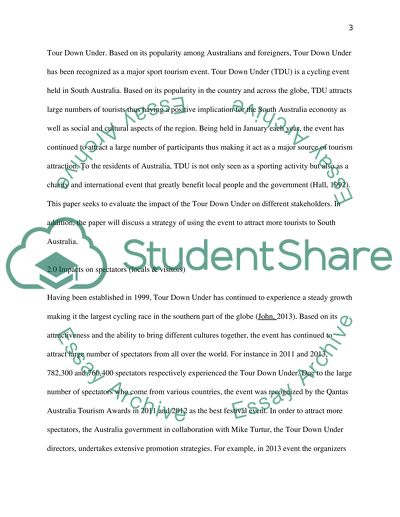Cite this document
(“Research report-Tour Down Under Paper Example | Topics and Well Written Essays - 2500 words”, n.d.)
Research report-Tour Down Under Paper Example | Topics and Well Written Essays - 2500 words. Retrieved from https://studentshare.org/tourism/1484600-research-report-tour-down-under
Research report-Tour Down Under Paper Example | Topics and Well Written Essays - 2500 words. Retrieved from https://studentshare.org/tourism/1484600-research-report-tour-down-under
(Research Report-Tour Down Under Paper Example | Topics and Well Written Essays - 2500 Words)
Research Report-Tour Down Under Paper Example | Topics and Well Written Essays - 2500 Words. https://studentshare.org/tourism/1484600-research-report-tour-down-under.
Research Report-Tour Down Under Paper Example | Topics and Well Written Essays - 2500 Words. https://studentshare.org/tourism/1484600-research-report-tour-down-under.
“Research Report-Tour Down Under Paper Example | Topics and Well Written Essays - 2500 Words”, n.d. https://studentshare.org/tourism/1484600-research-report-tour-down-under.


